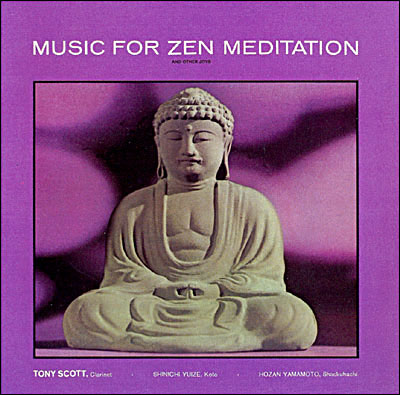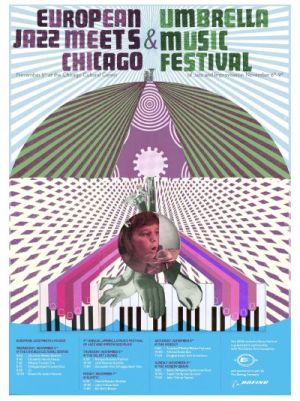 In the late 1950's, Tony Scott was one of the top (and few) bebop clarinetists. Scott made some musical connections in Japan and in 1964 joined with two classical Japanese musicians for a recording. Although Scott was already a seasoned improviser, his collaborators, Shinichi Yuize and Hozan Yamamoto, were not. Inspired by Zen meditation, the group recorded a number of duet improvisations, a solo by Yamamoto and collective piece by all three members.
In the late 1950's, Tony Scott was one of the top (and few) bebop clarinetists. Scott made some musical connections in Japan and in 1964 joined with two classical Japanese musicians for a recording. Although Scott was already a seasoned improviser, his collaborators, Shinichi Yuize and Hozan Yamamoto, were not. Inspired by Zen meditation, the group recorded a number of duet improvisations, a solo by Yamamoto and collective piece by all three members.Featuring Tony Scott on clarinet, Shinichi Yuize on koto, and Hozan Yamamoto on shakuhachi, this is a timeless album. The improvisations are genuine and introspective. Each careful pluck and bend of the koto strings on "The Murmuring Sound of the Mountain Stream" sounds like a rain drop hitting the water. Scott's subtle attack and dark, smooth tone make his instrument sound more like the bamboo shakuhachi than a clarinet. This album is recognized as the first ever New Age music.







